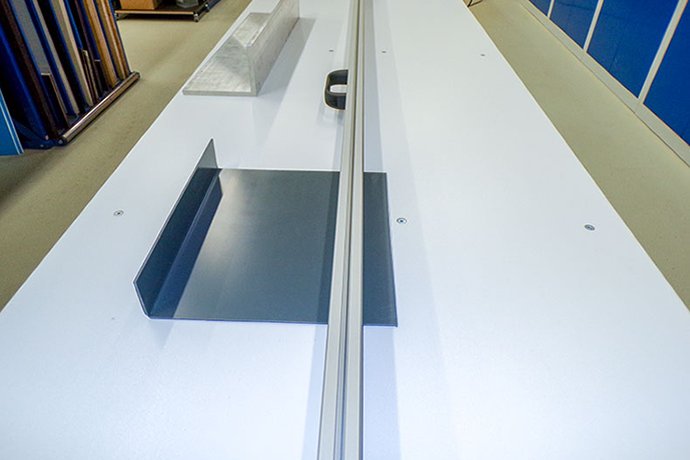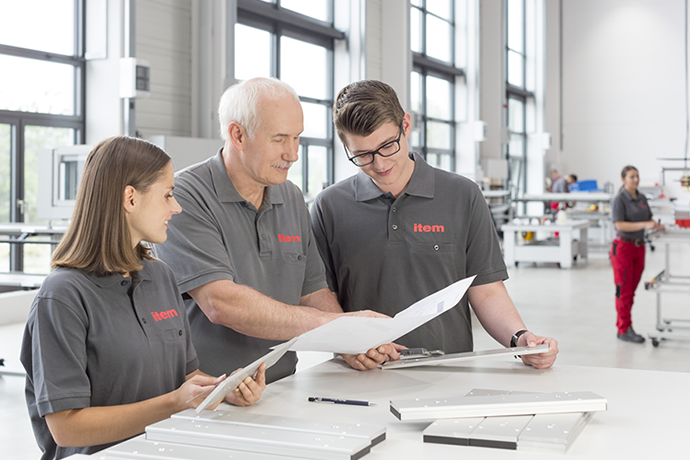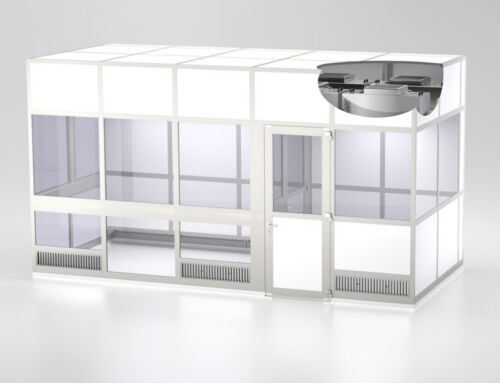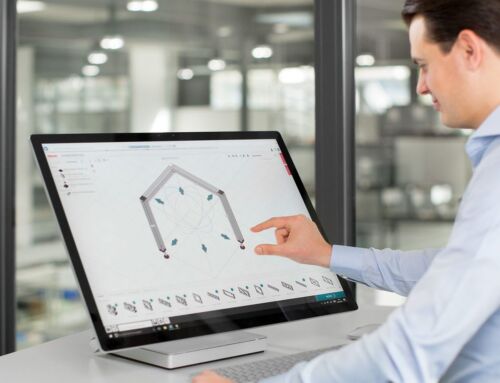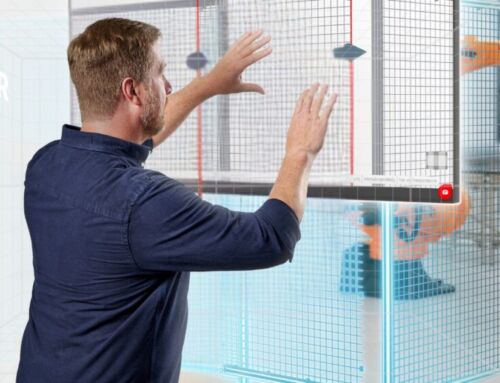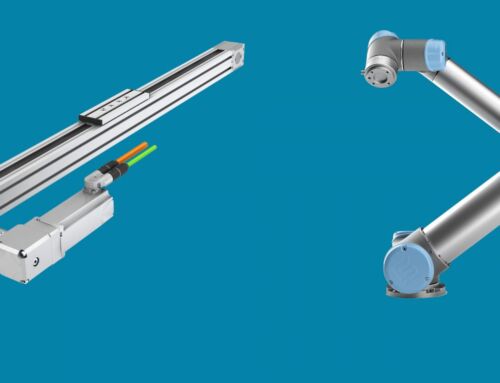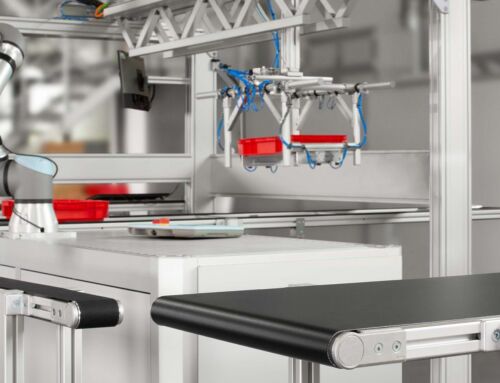How directly comparing feedback data offers an important insight into the benefits of digital solutions.
The non-profit FIR e.V. institute at RWTH Aachen University has been conducting interdisciplinary research and training for over 60 years. The aim of the institute, which is also a member of the Johannes Rau Foundation, is to investigate and teach methods that bolster economic growth and boost employment rates. The FIR teaches its students key skills for the networked company of the future – at a time when industrial digitalisation is high on everyone’s agenda. To pass on its expert knowledge and foster cross-sector dialogue, the FIR hosts all manner of events, including practical workshops, specialist conferences and working groups. One of its workshops looks at the best way of capturing feedback in industrial assembly operations.
Impressive findings thanks to small Lego cars
Feedback data in this context means the time taken to pick materials or carry out certain processing stages. That’s why workshop participants – who come from the industry – are asked to perform assembly tasks at work benches from item and keep track of the time they spend on them. These particular item work benches are preconfigured designs. On top of the L-shaped legs are columns that are combined with cross bars to mount material containers, barcode scanners and Pivot Arms for the computers. It wasn’t just high quality standards that convinced Moritz Schröter, deputy production management director at the FIR, to opt for item solutions: “Our top priority was authenticity, as we were set on creating a realistic environment. And item is simply the industry benchmark. Besides that, we needed a solution we could put together ourselves – it was the perfect choice.”
As mentioned above, the aim of the workshop is to find the most efficient solution for assembly work at the standing workstations and then think about and discuss the respective pros and cons of the different approaches. “The participants start off by creating three different variants of toy cars with Lego building blocks as per the plans provided,” explains Schröter. The first workstation is where parts are removed from storage containers and orders picked. The Lego vehicle is then assembled at the four following assembly workstations. Each of the individual steps in the whole process is recorded and tracked based on feedback data.
Experiencing and assessing industrial digitalisation under real conditions
Schröter and his team have devised a three-tier process to compare the different methods of time tracking. In the first tier, participants record the data on paper and later enter the information into a computer. “This method tends to be imprecise. It’s easy to forget to jot things down, so there’s a risk that the subsequent computer entries will be incomplete,” Schröter points out.
The second tier uses barcodes on the order papers that each need to be scanned. The time that each barcode is scanned into the system indicates the status of processing and/or the end of processing. The third tier utilises the NFC tags on the bottom of the material boxes, which are registered at each work bench by special readers. “Essentially, the processing times are recorded simply by virtue of the materials being present at the various work benches,” explains Schröter. As a result, the participants don’t even have to pick up a barcode scanner.
Innovation at work
Besides this digital method of capturing feedback data, the workshop uses a whole range of other solutions that demonstrate the potential of industrial digitalisation. Specially developed pick-by-light technology, for example, is used to ensure participants at the first workstation know which container they need to pick from next, and the assembly guides are also fully animated. There is even a voice input option for acknowledging individual picking operations. The next step planned is to use analysis software to identify irregularities in the feedback data. The learning environment is funded by the Walter Eversheim Foundation.
Want to keep up to date with everything that’s going on in the world of item? Simply subscribe to the item blog by completing the box at the top right!
